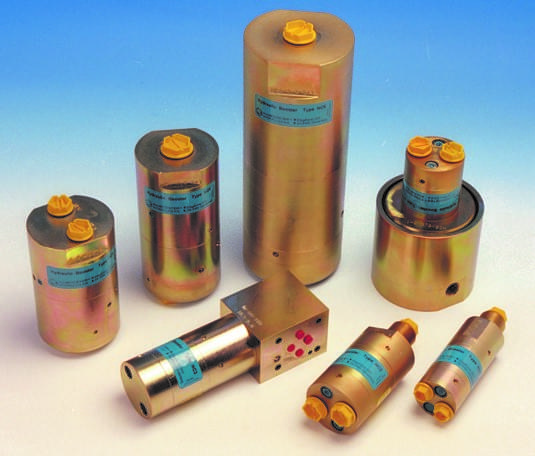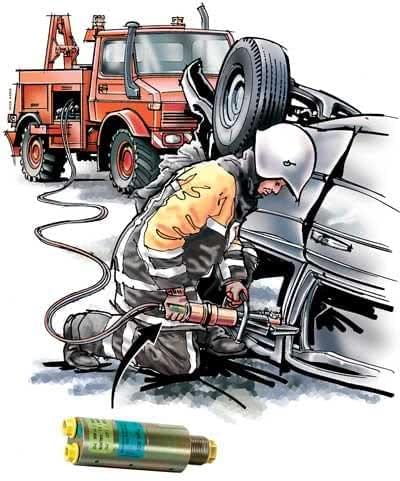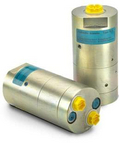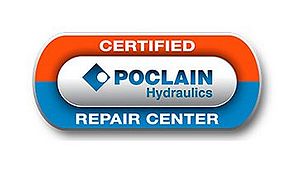Pressure booster in hydraulic systems
In leading industrialised countries such as Germany, the USA and Japan, for example, the use of pressure amplifiers in hydraulic systems saves costs, space and weight.
The company miniBOOSTER Hydraulics A/S specializes in the production of the hydraulic pressure booster, miniBOOSTER.
No less than 95% of the production is exported. The pressure amplifier is used in a variety of different applications in machines and plants.

High pressure
In hydraulic systems, it is often necessary to generate different operating pressures depending on the load. This is the only way to achieve a perfectly functioning system with high efficiency.
In systems, the vast majority of the liquid flow of the pumping station often runs through a pressure relief valve, which is set to an unnecessarily high pressure. This is due to the fact that high pressure is built up at certain points in the cycle of the corresponding machine. Such systems have a very low efficiency and the installed components are subject to great wear and tear because the pressure drop causes a high surface pressure between the moving parts.
In order to counteract this problem, a system consisting of several pumps is usually built up, in which the delivered volume flow is dependent on the available operating pressure. If it is a larger system, the pump may have a variable displacement, whose regulator is suitable for operation under different operating pressures.
On many machines, however, the high pressure is only necessary for very short intervals in the cycle of the machine, such as in compacting machines. With these machines, a large part of the energy is used to move tools, formwork panels or press plates, and only a smaller part is used for the actual pressing process, because this does not result in any movement but only in the compression of the oil in the cylinder.
Advantage of amplifiers
The use of pressure amplifiers gives the designer more freedom in terms of operating pressure.
The hydraulic load is distributed more evenly over the entire cycle of the machine. The pressure booster only switches on when the demand for high pressure is present. The remaining time is passive and has no internal consumption and therefore has no influence on the efficiency of the system.
The use of the pressure booster offers a number of advantages over conventional high and low pressure systems.
- Higher efficiency and longer service life due to lower operating pressure
- Compact system
- Increased safety due to reduction of the high pressure system
- Integrated valves
- No dynamic seals
- Gain ratio adjusted to current demand
Example for application

Since the pressure booster was established on the market, it has been used in a large number of systems. The following list shows a small selection of the variety of the system and its typical applications:
- Hydraulic clamping tools
- Maintenance equipment for railways
- Injection moulding machines: clamping of castings, core pulling
- Hydraulic tools of various types, e. g. cutting, painting and clamping tools,
- Torque wrench, bolt stretcher etc.
- Rotary couplings for lathes
- Test equipment up to 3,000 bar
- fork turners on bogies
- concrete shears
- Offshore: Wellhead control panels (WCW, MCW, SSSV), Blowout preventors
- Hydraulic tools on remote-controlled underwater vehicles (R. O. V.)
- aggregates
- Filter presses
Product portfolio
A pressure of up to 2000 bar (higher pressures on request) can be achieved from all low-pressure hydraulic units, e. g. the hydraulic system on a machine tool or a vehicle.
The miniBOOSTER is supplied with up to 11 different amplifier ratios.
The compact design of the miniBOOSTER allows it to be installed exactly where high pressure is required. It requires a minimum of space and is easy to install both in existing and new plants.
Lower system pressures mean reduced energy consumption and thus lower production costs.









